Just a few months ago, the fear was that AI would replace white-collar workers. But the smarter move is now clear: AI + humans outperform AI alone.
Instead of turning operations over to autonomous bots, leading companies are designing human-led agent teams. The payoff? Fewer AI errors, faster execution, and better results.
Look at Klarna: after trying AI-only “employees” (and failing), they’re now hiring humans to manage AI agents. They cut staff and boosted revenue per employee—but had to bring back human support when chatbots couldn’t keep up.
The takeaway? AI isn’t replacing people—it’s making the best ones even more effective.
The future belongs to teams that orchestrate AI, not surrender to it. That’s where smart leadership steps in.
A quick word from this week’s sponsor:
2x conversions by pre-testing your ads? Yes, it's possible!
Instead of crossing your fingers the next time you run ads, what if you would know your ad performance before you even go live?
With Neurons AI, you can.
It gives you quick, actionable recommendations to improve your creatives and maximize your ad impact. Run A/B tests before launch and tweak your visuals for maximum brand impact.
Global brands like Google, Facebook, and Coca-Cola are already using Neurons to boost their campaigns.
We're talking 73% increases in CTR and 20% jumps in brand awareness.
Firecrawl & Klarna
The Future of AI in Your Teams
Firecrawl is offering $1M to hire three AI agents — but only as part of a package that includes their human operators.
Think: an AI content creator, support agent, and junior dev, each guided by a human.
Why? Because, in their own words: “AI can’t replace humans yet. The real 10x talent will be those who operate armies of agents.”
Meanwhile, Klarna’s AI overhaul nearly doubled revenue per employee, thanks to OpenAI integration.
But customer experience slipped — so they brought back human support.
Now Klarna backs a hybrid model: small teams, AI-augmented.
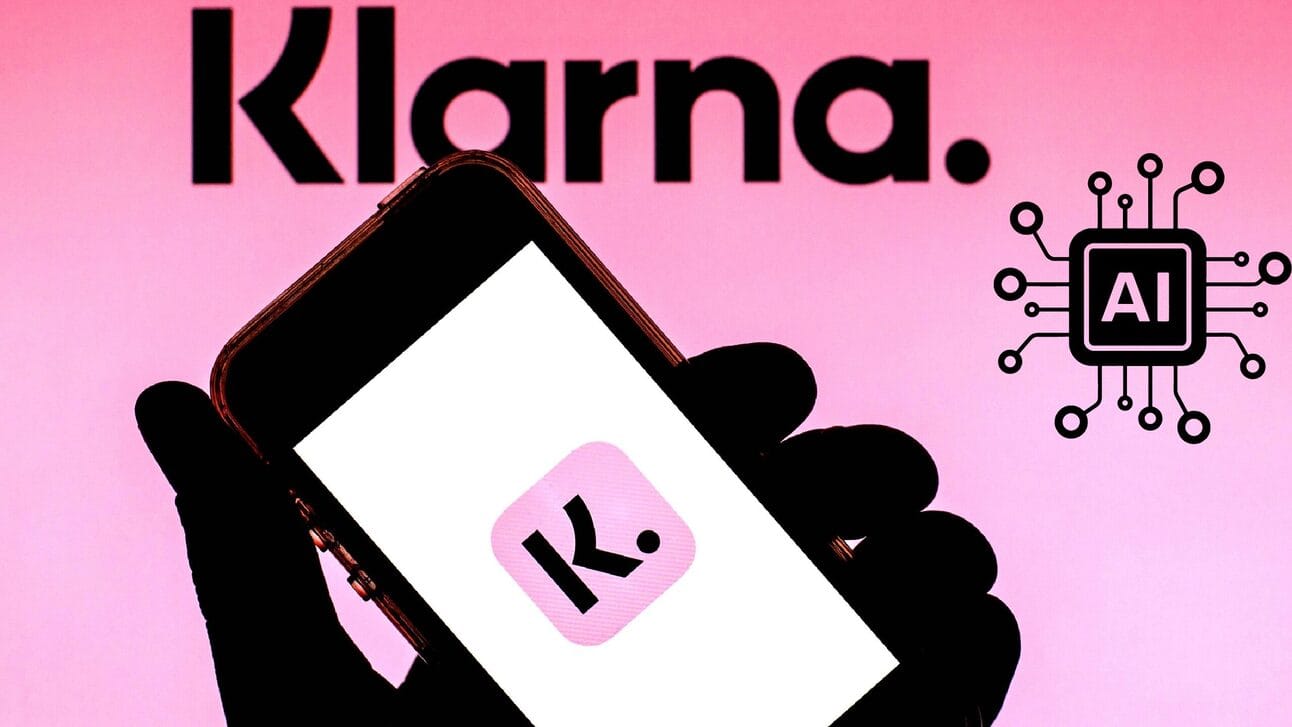
Why This Matters for Marketing Leaders
The era of fully autonomous AI teams? Already over.
What’s working now: centaur teams — humans + AI, working together.
We’re seeing the rise of a new kind of role:
AI agent operators — marketers, support reps, and analysts who guide AI, not get replaced by it.
It’s not about fewer people. It’s about smarter roles.
The future, what we see, is a world where the next 10x engineers are operating armies of agents, AI systems that they’re building, maintaining, and monitoring. What we want to do is work with people that want to be those agent operators.
What You Should Do Next
Assign an AI operator: Pick a savvy team member to test and manage AI agents in marketing or ops.
Blend human + AI: Add human touchpoints where AI alone falls short — especially in support or sales.
Track performance: Compare AI-only vs. AI-assisted outcomes. Don’t assume automation is better.
Hire for adaptability: Look for talent excited to work with AI. They’ll be your future 10x performers.
Is Your Team Ready for the AI Shift?
Our AI Readiness Assessment gives you a clear picture of how prepared your team really is. You’ll get:
A readiness score across 5 key areas (strategy, skills, tools, talent, collaboration) with a radar chart on your AI readiness
Personalized recommendations on where to automate, upskill, or restructure
A starting point to future-proof your org
Quick. Free. Designed for marketing and GTM leaders.
AI Shopping Agents
Walmart welcomes a new customer
Walmart is prepping for a future where AI bots, not humans, do the shopping.
In a recent interview, Walmart’s CTO revealed the company is building out infrastructure — APIs, structured data, product feeds — to serve AI shopping agents like Siri, Alexa, or ChatGPT.
These agents could soon place orders, compare prices, and restock homes — all without a human tapping “Buy.”
Walmart is even thinking about how to make its products appealing to algorithms, not just people.
Why? Because bots don’t see banner ads or scroll through pages.
They’ll just ask: “What’s the best 55-inch TV under $500?” and choose from what the API returns.

Why it matters for marketers
This is the start of agentic commerce — where AI assistants act as buyers.
For marketers, that’s a game-changer.
Your new “customer” might be an algorithm trained to optimize for value, clarity, or availability.
That means your product metadata, reviews, and feeds need to be as persuasive to machines as they are to humans.
Think of this like SEO 2.0 — but for bots.
Your todo list
Clean up your product data: Rich metadata, structured specs, and clear pricing will help bots “choose” you.
Talk to your retail partners: Ask Amazon, Walmart, etc., how their AI agents source products — and how you can be included.
Rethink your ad spend: Traditional display ads won’t reach bots. Explore API placements, embedded recommendations, or AI-friendly product badges.
Train your team: Get your marketing and e-comm folks thinking: What if an AI, not a person, is our primary buyer? That shift is already starting.
eCommerce has to rely on AI visibility
AI is changing how brands get discovered — and SEO isn’t enough anymore.
Tools like ChatGPT, Safari, and Perplexity are reshaping search. The new challenge isn’t ranking on Google — it’s being recognized, trusted, and referenced by AI systems.
Ask yourself:
Are you mentioned in credible third-party sources?
Is your content structured so AIs can understand it?
Are you present where AI tools pull their data from?
If not, you’re invisible.
We’ve distilled the strategic playbook into one briefing:
“Brand Visibility in the Age of AI” — available only to AI Ready CMO referrers.
Want the guide?
Scroll to the bottom of this email
Grab your personal referral link
Invite just 1 new subscriber to unlock it.
The future of visibility isn’t search — it’s AI. Make sure your brand isn’t invisible.
Perplexity + PayPal
Chatbot shopping becomes reality
AI search startup Perplexity announced a partnership with PayPal to enable instant purchases inside its chatbot interface. In practical terms, U.S. users can ask Perplexity’s AI to find a product or book a trip, then buy it right within the chat using PayPal or Venmo – no website or app hopping needed.
For example, you could type, “Find me running shoes under $100”, chat about options, and check out securely, all in one AI-driven flow. This move is a milestone in AI-native commerce.
It showcases how generative AI can shorten the funnel from search to transaction. Instead of treating chatbots as info tools that send you elsewhere to buy, Perplexity is making the chatbot the storefront.
PayPal’s integration ensures trusted payments and likely covers a range of purchases (from retail products to concert tickets) directly through chat. It’s part of a broader race – OpenAI, Google, and others are eyeing similar “chat to cart” capabilities – but Perplexity’s agile partnership highlights the opportunity for startups to leapfrog in experience design.
Executive impact
For sales and marketing leaders, conversational AI is evolving from a support tool to a sales channel. Imagine prospects discovering and buying your product via an AI assistant recommendation without ever visiting your website.
This demands new thinking on AI-era brand presence: ensuring your products are indexed and recommended by AI, and perhaps even creating your own chat experiences.
It also raises questions about who “owns” the customer relationship – the AI platform or the brand? Companies will need strategies for both in-chat conversion and post-purchase engagement when the AI intermediary handles the transaction.
Next steps for leaders
Monitor Chatbot Commerce KPIs: If you deploy chat-based shopping (on your site or via platforms), track conversion rates, drop-offs, and user questions. Optimizing the prompt-to-purchase journey will become a new marketing skill.
Ensure AI-Ready Product Content: AI assistants parse information differently than humans. Provide clear, structured product data, FAQs and user reviews to feed the AI quality answers about your offerings. This increases the chance your product is suggested in response to queries (“best running shoes under $100”).
Stay Customer-Centric: If more sales happen through third-party AIs, double down on brand differentiation. Loyalty may shift if the AI agent chooses “the cheapest” or “highest rated” product. Strong branding and customer advocacy (so your product is top-rated and well-described) will influence AI recommendations.
Check our example report on AI visibility
We created an example report on AI visibility based on a theoretical search for “Running shoes for beginners.”
We researched the most popular LLMs
We combined the mentions and citations on beginner running shoes
We created a sample report on how to measure AI visibility
It is a great example for those who want to dive deep into AI SEO.
Check the report here, freely available for subscribers.
Who pays when your AI messes up?
Lloyd’s will pay apparently
Lloyd’s of London just launched the first-ever insurance policy for AI-related mistakes — covering financial and legal fallout when AI systems mess up. Built in partnership with startup Armilla, the policy is designed for situations like: A chatbot saying something defamatory A recommendation engine mispricing products An AI assistant making bad financial decisions
This isn’t hypothetical. As companies roll out AI across customer-facing channels, real-world failures are starting to pile up — and the financial consequences are growing. This policy answers a key question for leaders: “If the AI goes rogue… who pays?” Now, at least part of that risk can be insured.
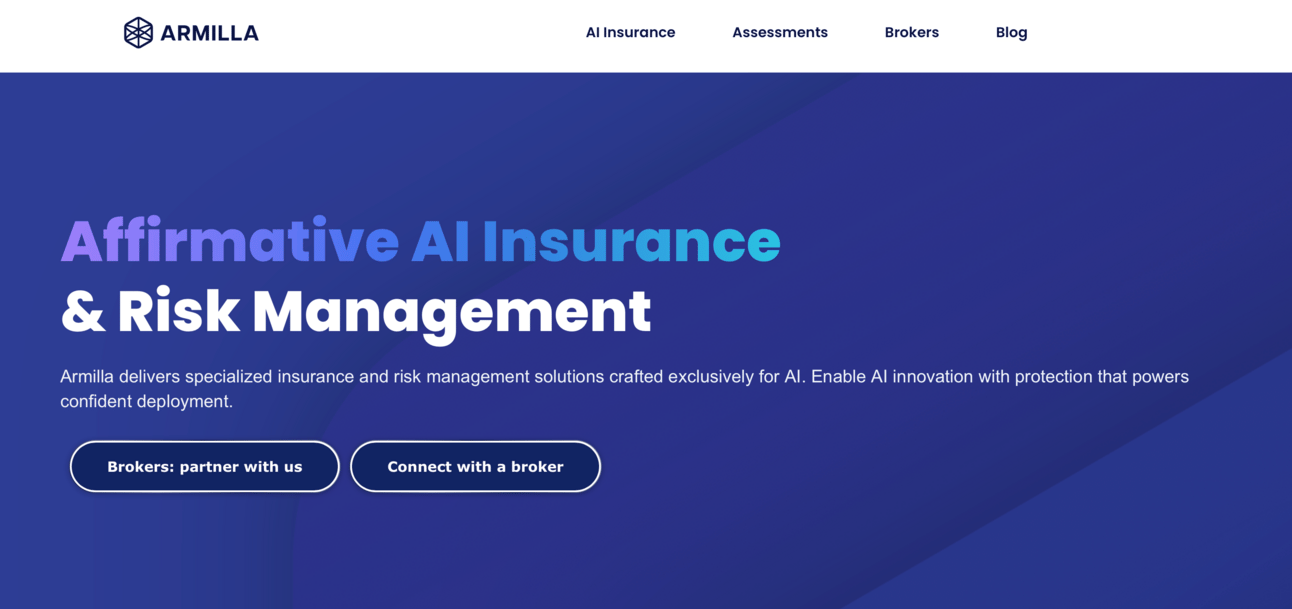
Why This Matters for Marketing Leaders
If you’re using AI in marketing, sales, support, or operations — this is a wake-up call. AI can boost productivity, yes. But it also creates new liability: biased outputs, bad recommendations, legal risks.
And most companies don’t have a plan for when things go wrong. Lloyd’s stepping in signals something big: AI risk is now a boardroom issue — not just a tech one. Soon, clients, regulators, or partners might expect you to carry AI insurance, just like you do for cybersecurity.
What to do next?
Audit your AI risk zones: Where is AI touching customers or money? What could go wrong — and how bad would it be?
Review your contracts: If you’re selling AI-powered services, be ready to answer liability questions. Insurance could be a trust-builder in B2B deals.
Set guardrails: Add human oversight, approvals, and fallbacks to AI systems. Don’t just hope the output is accurate — verify it.
Talk to legal: Bring your legal team into AI discussions. They’ll help assess risk, draft disclaimers, and decide if insurance is a smart move.
YouTube “Peak Points” and Netflix’s AI Ads
Ads got smarter and sneakier
YouTube and Netflix just dropped big updates to how they serve ads — and AI is doing the heavy lifting. YouTube’s “Peak Points” uses AI to find the most emotionally engaging moment in a video, then inserts an ad immediately after. Think: plot twist, climax, punchline — cue the commercial. Google’s Gemini model scans viewer sentiment to time ads when people are most locked in.
Netflix, on the other hand, is going full-on immersive. It’s using generative AI to create ads that match the tone and aesthetic of the show you’re watching. Watching a period drama? Your ad might look like a 19th-century scene. Cooking show? The product appears on a virtual kitchen counter. They're even testing QR codes and interactive formats to drive instant conversions.
Why it matters for marketers?
This is AI-powered contextual advertising — and it’s getting both smarter and sneakier. YouTube is betting on timing to increase impact. Netflix is doubling down on creative relevance to make ads feel native, not disruptive. For marketers, this means the ad landscape is shifting. No more one-size-fits-all pre-rolls. Instead, platforms want modular, flexible ad assets they can remix with AI — tailored to mood, moment, and genre.
What to do next?
Test Peak Points: If you run YouTube ads, pilot the new format. Track how post-climax ads perform vs. traditional placements.
Build layered creatives: Start creating ad assets with flexibility in mind — think background options, brand elements, product swaps.
Watch the vibe: Monitor user feedback. If your ad interrupts a favorite scene, it could backfire. Contextual relevance is powerful — but easy to get wrong.
Partner on AI-driven targeting: Explore beta programs with platforms using AI to match ads to content tone. It’s a new way to boost engagement without being intrusive.
Our favorite AI-driven marketing tools for ad campaigns
AdCreative AI: A simple tool to create AI-generated ads on scale.
Creatopy: AI-powered ad generation for the AI age.
Designs AI: an AI-powered design tool that is perfect for creating ads.
AdZooma: old player but it allows you to test and optimize with AI.
Pencil AI: An AI-driven ad generator from Brandtech.
ByteDance’s DreamO
Instant AI Image Makeovers
TikTok’s parent company, ByteDance, just open-sourced DreamO, an AI model that gives your creative team a serious upgrade. DreamO can generate or edit images instantly using reference photos + text prompts.
Want to: Swap outfits on a model? Change a photo’s style to match your brand? Combine products, backgrounds, or faces in one shot? DreamO handles it all — in one go. No more bouncing between tools or waiting on multiple revisions.
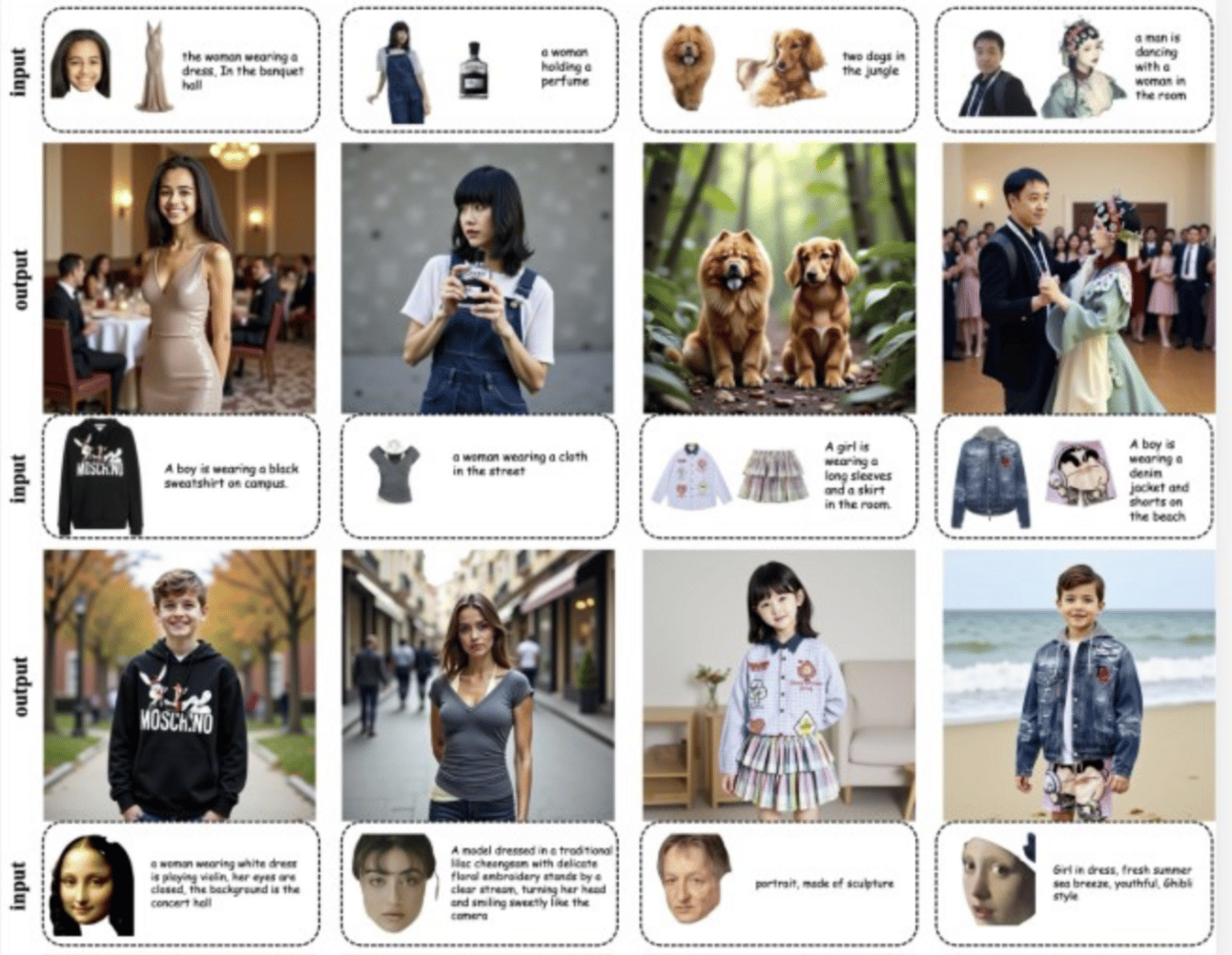
Why it matters for marketers
DreamO makes high-quality visual production fast, cheap, and scalable. You can test ad concepts, localize visuals, or personalize creative at a pace that old-school workflows just can’t match.
But it also levels the playing field. If everyone can make studio-quality assets in seconds, then brand originality and consistency become your only real moat. CMOs and creative leads must ensure AI doesn’t dilute the brand — it should accelerate, not replace, great design thinking.
Your next steps
Speed up A/B testing: Use DreamO to test multiple visual concepts quickly. Let data tell you which look works best before refining with your design team.
Scale personalization: Create different ad visuals for audience segments — rural vs. urban, Gen Z vs. Gen X — using style or setting changes.
Train your designers: Upskill your team to treat AI as a creative assistant. Let AI handle the drafts; your team brings the taste and direction.
Set creative guardrails: Define clear rules for AI-generated content. Check for bias, stay on-brand, and manage rights when using proprietary images in open-source tools.
Our leadership tip for AI Ready CMOs
The modern CMO isn’t just managing people. You’re orchestrating an ecosystem.
In the AI era, marketing teams are flatter, tools are smarter, and execution is increasingly automated. That means the real advantage no longer comes from how many people you manage—but how well your systems work together.
Just like a conductor doesn’t play every instrument, your role is to design the system where humans + AI tools + workflows play in harmony.
That means:
Mapping workflows across content, data, and GTM
Designing feedback loops between AI tools and human insight
Choosing tools that talk to each other (and to your CRM)
Prioritizing integration over hiring
Team management still matters—but system design is now your most strategic skill.
The best CMOs in 2025 won’t be the best people managers.
They’ll be the best architects of intelligent, scalable marketing systems.
Rapid-Fire News
AI Updates You Need to Know
1. Google Launches ShieldGemma
The AI That Filters AI. Google just dropped ShieldGemma, a 2.4B-parameter model built to moderate AI content and catch harmful outputs. It’s open-source and aimed at making AI campaigns safer and more brand-friendly. Expect more tools like this as “responsible AI” becomes a competitive edge.
» For marketers: This opens up automated moderation for social media comments, UGC campaigns, and any customer-facing content you don’t fully control — making it easier to scale without putting your brand at risk.
2. Elton & McCartney vs. AI Copyright Abuse
Music legends Elton John and Paul McCartney joined 400+ artists in slamming UK proposals that let AI scrape copyrighted songs by default. In a fiery open letter, they warned that talent is being sacrificed for tech. For marketers, it’s a warning shot: AI-generated content is about to face new IP rules — especially in music and media.
» For marketers: Start reviewing where your creative assets come from — future campaigns using AI-generated media could face new legal scrutiny.
3. Meta’s Llama 4 (aka “Behemoth”) Delayed
Meta is pushing back its next big model to late 2025. Internally, the “Behemoth” upgrade didn’t impress — it’s not outperforming the current top-tier LLMs. The takeaway? Even Big Tech can’t sustain massive leaps. Plan your AI adoption for iteration, not overnight disruption.
» For marketers: Bet on AI integration, not hype — the real gains come from embedding current tools into daily workflows.
4. TikTok’s “AI Alive” Animates Your Photos
TikTok launched AI Alive, a feature that adds motion effects to static photos — winks, moving skies, even ambient effects. It’s exclusive to Stories (for now), and gives creators a playful new way to stand out. For marketers: more proof that generative AI is becoming the norm in social storytelling.
» For marketers: A static photo ad just became boring — dynamic, lightweight AI animations are your new scroll-stoppers.
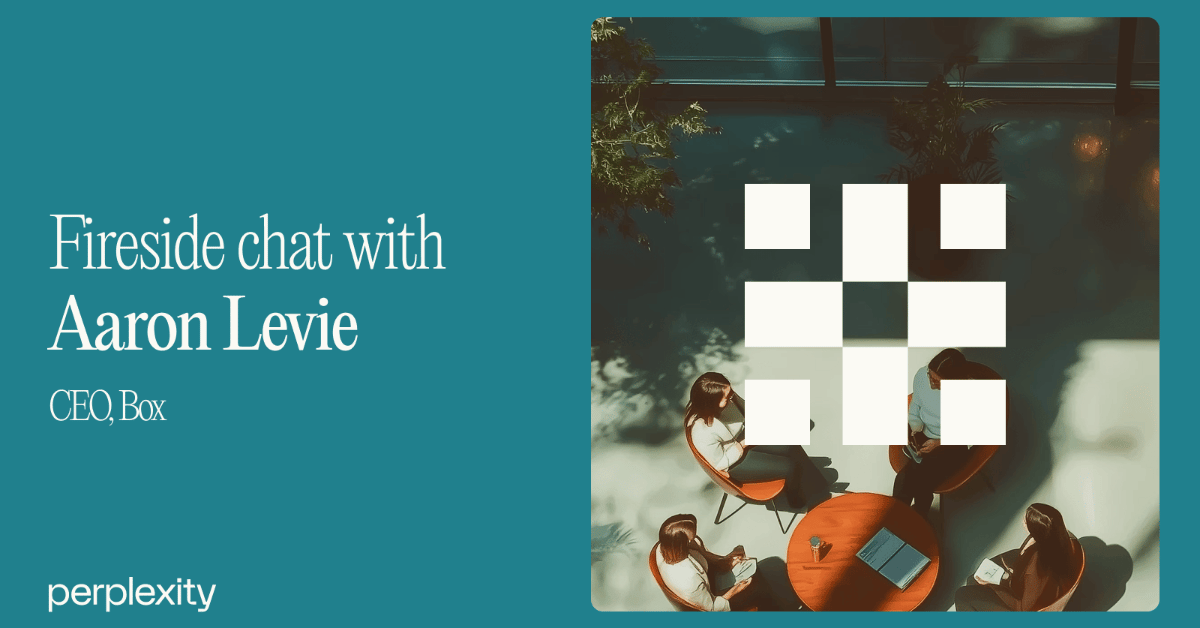
As part of the Perplexity Business Fellowship Program, we’ve been fortunate to join a series of hands-on workshops exploring the intersection of AI, growth, and AI-driven GTM strategies.
In our latest session, we heard from Aaron Levie, co-founder and CEO of Box—a content management system built for enterprises with integrated AI.
Here are our 10 key takeaways from the workshop.
Custom agents work better in B2B
Consumer GPTs failed to take off because they asked too much, too fast. But in enterprise, even a 5-person team benefits from repeatable AI workflows (e.g. contract review, lead routing, etc.).Your ops stack is now your AI advantage
Box’s permission graph + file structure shows how owning the workflow layer (not just data) gives you a moat. Think about where your own workflows could become “agent-ready.”Agents aren’t just cool—they’re glue
Custom AI agents reduce the constant prompt-writing loop. Instead of retyping instructions daily, imagine having an AI that already knows the brief for your weekly campaign report.The next big unlock? Agent-to-agent permissions
Future AI will request access on your behalf, like “Google Docs for enterprise tasks.” That’s a whole new way to collaborate—without Slack pings or access bottlenecks.RPA is dead. GenAI eats the 'do nothing' workflows.
Most companies have zombie tasks that never get done (e.g. triaging old MQLs). AI agents can now extract structure from unstructured data and activate those lost ops.Consumption-based AI pricing is the new norm
Forget seat-based models. Box is exploring pricing per task (e.g. per contract analyzed). That’s a big shift—budget planning needs to factor in AI usage, not just headcount.Search is being replaced by structured AI memory
Once data is structured, you don’t need complex RAG systems. You query like SQL, not like Google. That’s a massive shift for teams doing market research or content audits.Model-agnostic = strategy-proof
Don’t bet the farm on a single provider. Smart teams (like Box) are designing agent workflows that can swap models (Claude, GPT, Gemini) behind the scenes.Stop chasing incumbents. Find the AI whitespace.
AI Salesforce won't beat Salesforce. But AI agents can automate the workflows Salesforce won’t touch because they’re low-margin or too custom. That’s where the opportunity lies.Autonomous AI isn't hype—it’s already saving time
With OpenAI’s Operator and Proxy from Convergence, we’re already seeing agents that browse, click, and complete web tasks. Your marketing ops team could soon have a “digital teammate” automating entire campaigns, not just summarizing PDFs.
That’s it for this week.
» Forward this to someone still building campaigns like it’s 2019.
» Ready to rethink your stack, strategy, or team? We help B2B companies do exactly that.
Until next week,
Peter and Torsten







